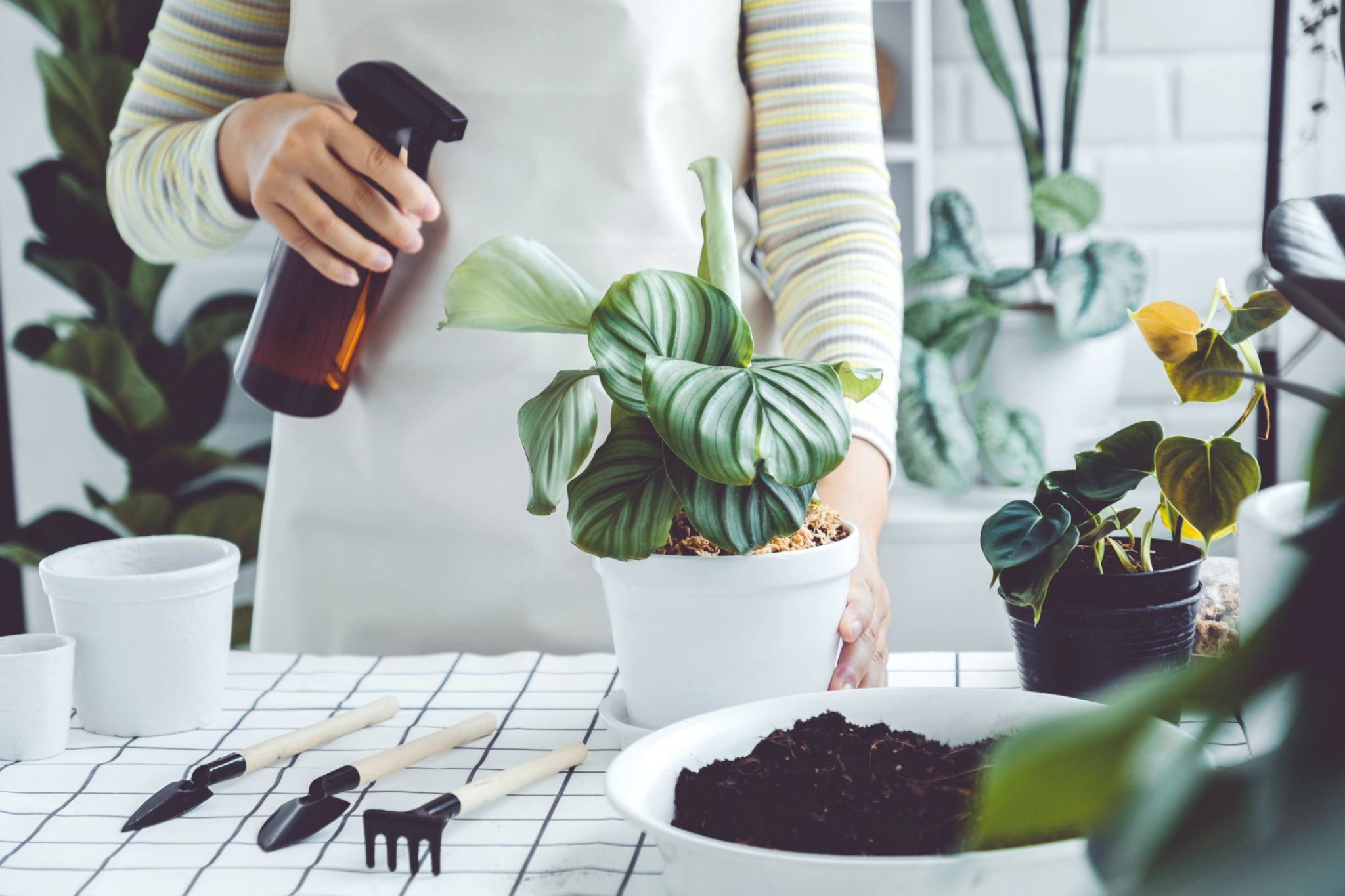How to Care for Air Purifying Plants: Expert Tips for Beginners
Introduction to Air Purifying Plants
Air purifying plants are a fantastic way to improve indoor air quality while adding a touch of nature to your home. These plants not only enhance the aesthetics of your living spaces but also help in filtering out toxins and pollutants from the air. If you're a beginner looking to care for these green companions, this guide will offer expert tips to get you started.

Choosing the Right Plants
When selecting air purifying plants, it's important to consider factors such as light availability, space, and maintenance requirements. Some popular options include the Spider Plant, Snake Plant, and Peace Lily. These plants are not only effective at cleaning the air but are also relatively easy to care for.
Light and Placement Considerations
Most air purifying plants thrive in indirect sunlight. It's crucial to place them in an area where they can receive adequate light without being exposed to direct sun, which can scorch their leaves. Consider placing them near windows with filtered light or in well-lit rooms.

Watering and Soil Requirements
Understanding the watering needs of your air purifying plants is essential. Overwatering is a common mistake that can lead to root rot. Allow the top inch of soil to dry out between waterings. Use well-draining soil to ensure that excess water doesn't accumulate at the roots.
Humidity and Temperature
Most air purifying plants prefer a humid environment. You can increase humidity levels by misting the leaves or placing a humidifier nearby. As for temperature, keeping your plants in a range of 60°F to 75°F (15°C to 24°C) is ideal.
Fertilizing Your Plants
To keep your air purifying plants healthy and thriving, it's important to fertilize them during their growing season, usually spring and summer. Use a balanced, water-soluble fertilizer every 4-6 weeks. Be careful not to over-fertilize, as this can harm your plants.

Pest Control and Maintenance
Regular maintenance is key to preventing pest infestations. Inspect your plants regularly for signs of pests such as spider mites or aphids. If you notice any, use a gentle insecticidal soap or neem oil spray to treat the affected areas.
Pruning and Care
Pruning is an essential part of plant care. Remove any yellowing or dead leaves to encourage new growth and maintain the plant's appearance. Regular pruning also helps in preventing disease and promoting overall plant health.
Conclusion: Enjoying Your Green Space
Caring for air purifying plants can be a rewarding experience that enhances both your home's ambiance and your well-being. By following these expert tips, even beginners can successfully nurture these beautiful plants. Enjoy the process and watch as your indoor garden flourishes!